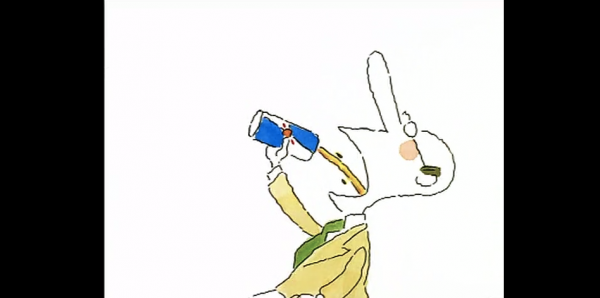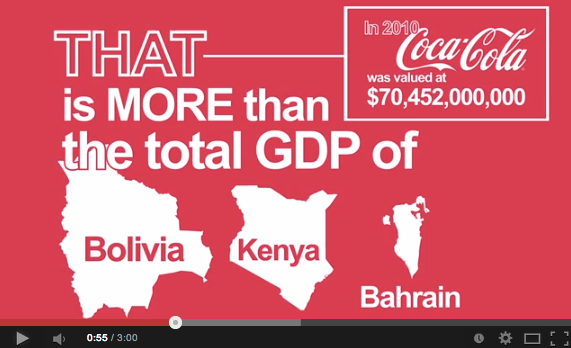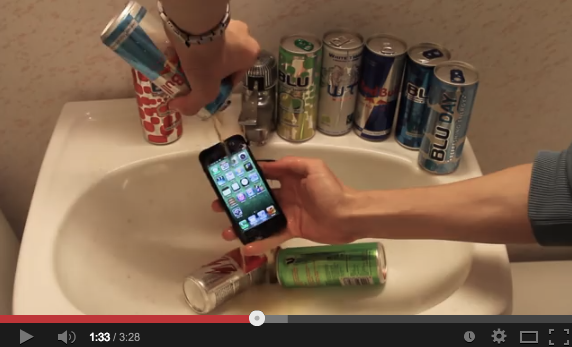What’s the Energy of Your Energy Drink?
Keywords: branding, DISown, Emily Segal, energy drinks, khole, pop culture, strategy
Emily Segal takes us down the k-hole of energy drink psychology.
This essay was originally presented as a video lecture at MoMA PS1 Expo Exhibition 2013
I work in branding. I work at a company called Wolff Olins doing big strategy projects for big corporate clients, and I’m part of a group that produces K-HOLE, which is a trend forecasting report. You might be able to tell from the name K-HOLE that I’m pretty interested in the intersection of branding with drugs, psychoactive substances, stress, subculture and illegal activity – a convergence which actually has a pretty long history.
In the case of energy drinks, I’m drawn to them because I think they’re a really deliberately crazy and out of control pop culture discourse. And like cheap fashion, which is another thing I’m terminally interested in, people think that energy drinks are superficial, trashy, and bad for you – full of things that are going to hurt you and society. Luckily, I think that everything that’s wrong with the world is kind of automatically interesting.
Energy drinks are for one reason interesting because they’re a giant market. They make up 8.6 billion dollars in sales in the United States and that’s twelve times more than it was ten years ago. In Western Europe it’s tripled three times to about 5 billion dollars a year, so it’s a giant, giant market. Unlike many other products that have giant market, I think energy drinks are really cool: they’ve done a really good job of adhering to currents like extreme sports, raves, and pushing it to the max, and have effectively accomplished it in a way that feels relevant rather than purely opportunistic. They also have a more varied array of things that they do in messaging about their products than most other things – energy drink brands can jump out of space and also have a sexy girl on stage and it still makes sense as all part of this one discourse.
Another exciting feature of energy drinks is that people think they’re fatal, that they’re going to kill you, that they’re dangerous and evil. Energy drink brands align themselves with a non-righteous cultural attitude, allowing their world to be really sugary and fake and superficial, and instead of trying to balance this out or hide it they take all that to the max. More than that: energy drinks take taking it to the max in itself as the song that they’re singing as a category. In an age when the majority of big companies try to align themselves with sustainability – in a manner that feels really “personal” and folksy and non-monstrous – energy drinks are about unsustainability. They’re about just maxing it out and crashing and burning. Energy drinks are un-DIY, profoundly not homemade, and often seem like humans were only barely involved in their creation.
The task of branding an energy drink is about articulating the relevance and dynamics of “energy” in a consumer market — which is vertiginously similar to branding the market itself. I believe that energy drinks, as a category, demonstrate the logic and aesthetics of collapsonomics – a silly word that I love, designating the study of economies and societies (like ours) that are on the verge of a nervous breakdown.
We’re going to start with the mac daddy of all energy drinks: Redbull.
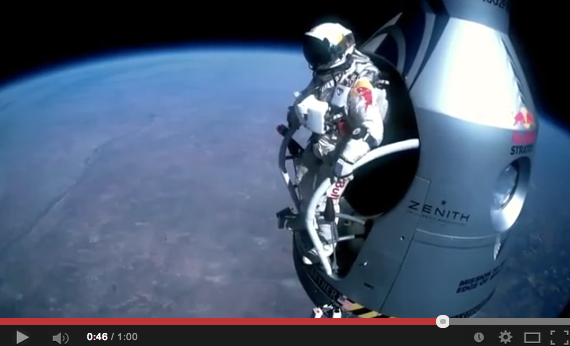 “Red Bull has a rich history of giving wings to creative and talented individuals in sports and culture, by enabling them to challenge limits and do what was once deemed impossible. Explore the inspiration behind some of our athletes as they continually push boundaries and enter uncharted territories.”
“Red Bull has a rich history of giving wings to creative and talented individuals in sports and culture, by enabling them to challenge limits and do what was once deemed impossible. Explore the inspiration behind some of our athletes as they continually push boundaries and enter uncharted territories.”That was 2013, this next video is from 2011. The difference between these two videos shows how fast energy drinks have been changing.
In other markets, energy drink advertisements have been advanced for a long time.
 Japanese TV CM circa 1990. Arnold hawks vitamin B energy drinks for Takeda pharmaceuticals.
Japanese TV CM circa 1990. Arnold hawks vitamin B energy drinks for Takeda pharmaceuticals.This next video, from a marketing course at the University of East Anglia, shows the historical evolution of branding from soda to information. The key truism of the last 50 years of branding has been that branding is more than the difference between Coke and Pepsi. And many people attribute the growth of the energy drink market to its successful push past the dualism of Coke and Pepsi into inventing all of new categories, which aligns with the secondary truism of contemporary branding: that it’s better to invent something new with your marketing money than just message around things that already exist. Though one could argue energy drinks aren’t anything particularly new – they’re just soda re-skinned – experientially we all know that their position in culture takes them from “just soda” to “next soda.” I would argue that this is innovation in and of itself and often when people talk about innovation in different ways they’re just tripping.
This next video, in which a guy pours many energy drinks over his iPhone, demonstrates a literal connection between energy drinks and information.
So, the next couple of videos are going to give a little context around what is called The Human Energy Crisis, which I think is a big reason why I think energy drinks have become so culturally important.
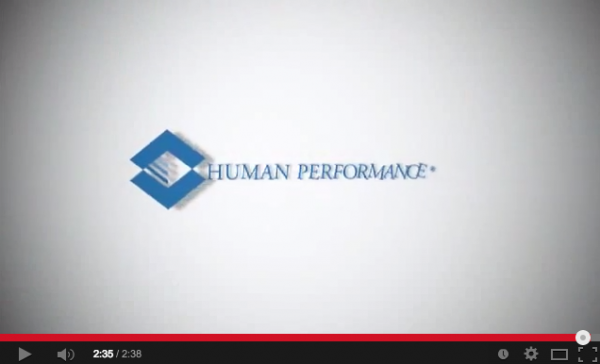 Human Performance Institute Co-founders Drs. Jim Loehr and Jack Groppel discuss the implications of the Human Energy Crisis and what it means to your business.
Human Performance Institute Co-founders Drs. Jim Loehr and Jack Groppel discuss the implications of the Human Energy Crisis and what it means to your business.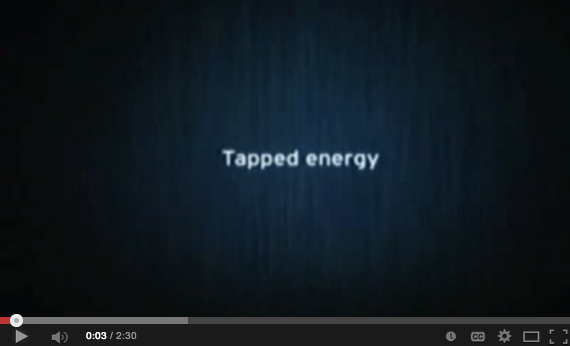
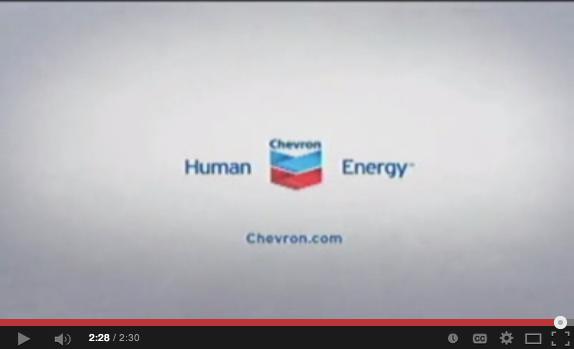
It’ll be the story of our time 6 billion people on this planet Where will our energy come from http://willyoujoinus.com
The Chevron “Human Energy” video is one of the best corporate videos of all time, because it provides a concise summary of the way many big corporations have tried to frame themselves in the public: “we are not big corporations, we’re your coach, we’re your friend, we’re not just conservative, we’re liberal.” By including giant and inescapable world issues in their totalizing, friendly address, the Chevron video manages to communicate that massive infrastructure issues and big social problems that, as they said, leave nobody untouched, are in fact the personal responsibility of each and every one of us. The Human Energy crisis is your problem – for you to manage with the help of the Human Performance Institute (previous video). When everything in your life seems to be falling apart horribly, you can learn to take a bath with aromatherapy candles, which will directly solve your major issues with intimacy or lack of purpose. I’m not exactly saying that Chevron’s oil is made of the same stuff as human energy, but I do think that the two are very intimately related, and energy drinks—in their similar wackiness—can point to the lunacy of our public conversation around energy.
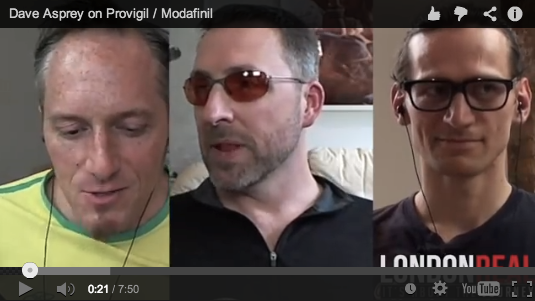 The Bulletproof Executive Dave Asprey talks about his use of the anti-narcolepsy drug Provigil (Modafinil).
The Bulletproof Executive Dave Asprey talks about his use of the anti-narcolepsy drug Provigil (Modafinil).The earlier video, which showcases the speedy drug habits of a guy called The Bulletproof Executive, is an amazing demonstration of convergence of the aggro-worldview of energy drinks and the philosophy of the very very successful. 1980s Wall Street taught us that the rich take it to the max, break the rules in society and do things that shouldn’t be possible. The 2014 update on being a master of the universe is about finding a way to gain energy personally, in order to take control of more energy in the world. “Live Más”: it’s Taco Bell’s slogan.
watch
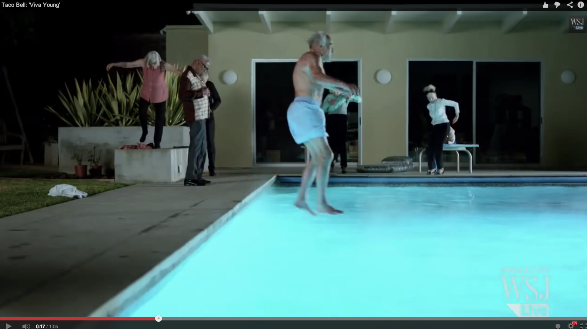 Bernie Goldblatt and his old school amigos from The Glencobrooke Retirement Home “Live Mas” when they sneak out for a wild night they’ll never forget.
Bernie Goldblatt and his old school amigos from The Glencobrooke Retirement Home “Live Mas” when they sneak out for a wild night they’ll never forget.There’s a whole YouTube sub-genre dedicated to conspiracy theories that link the Monster Energy logo to the mark of the devil. The idea that energy drinks are somehow the literal expression of contemporary doom comes through here – the logos themselves are considered the mark of evil. These videos warn us that we’re all “drinking the Kool-Aid”: complicit in the acceptance of ambient evil.
 “Popular energy drinks are not good for our physical health. They are also bad for our spiritual health.”
“Popular energy drinks are not good for our physical health. They are also bad for our spiritual health.”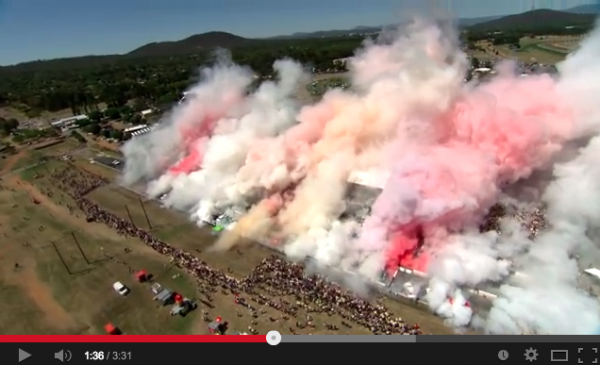 Summernats 26 broke a Guinness World Record for the most amount of cars in simultaneous burnout on January 4, 2013 in Canberra, Australia. When the massive blanket of smoke eventually cleared, Chris Sheedy from Guinness World Records told the 10,000 plus crowd that exactly 69 cars had managed to complete a 30 second burnout.
Summernats 26 broke a Guinness World Record for the most amount of cars in simultaneous burnout on January 4, 2013 in Canberra, Australia. When the massive blanket of smoke eventually cleared, Chris Sheedy from Guinness World Records told the 10,000 plus crowd that exactly 69 cars had managed to complete a 30 second burnout.Over-the-top, wasteful, aggressive public display can help us feel better about what’s happening in the world. If we collectively stage burnout and collapse, we can feel really good about it and then maybe get into the Guinness Book of World Records – even though it might be scary in real life. Energy drinks invite you take up this challenge – to walk the fine line between immortality and collapse.
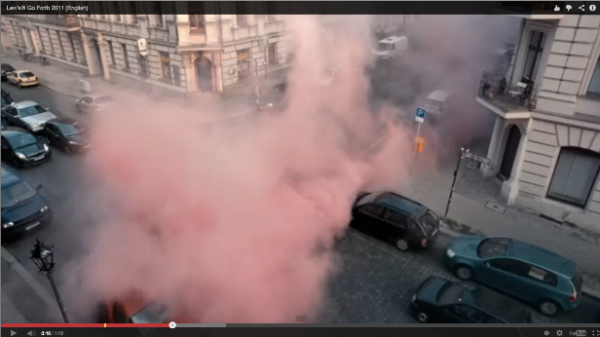 “It’s every person’s legacy to make the world more to their liking. Now is our time. Go Forth!
“It’s every person’s legacy to make the world more to their liking. Now is our time. Go Forth!Visit http://www.facebook.com/levis”
This video, Levi’s “Go Forth,” is for jeans, not energy drinks, but it summarizes the same commercial stance toward death, and is one of my favorite commercials of all time. The text is a Bukowski poem that Wieden+Kennedy restaged for Levi’s. I find this commercial legitimately beautiful and moving – it infects the sentiment that “oh, this is silly, they’re doing things that are really slick and cool but it’s just advertising” with things that traditionally be considered art or poetry or beautiful. It shows living in the market is a much more complicated, weirder, puffier cloud of smoke than that. So, I encourage everyone to go drink an energy drink, really drink it down and live forever.
